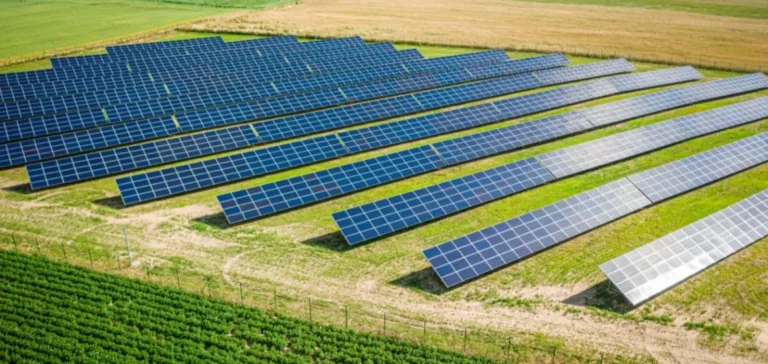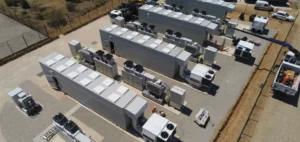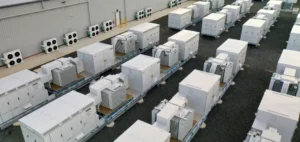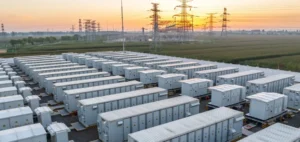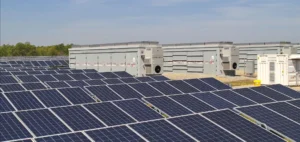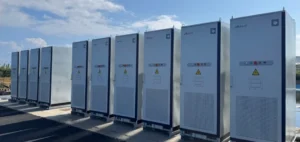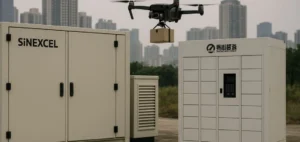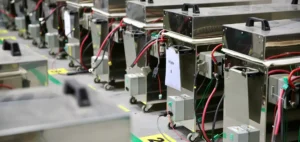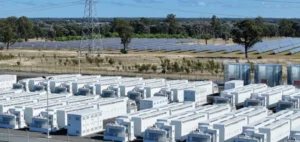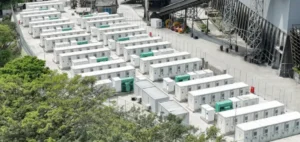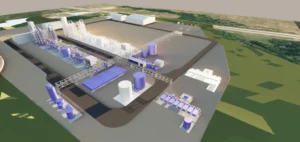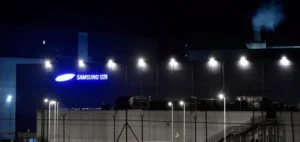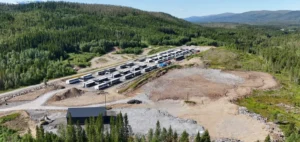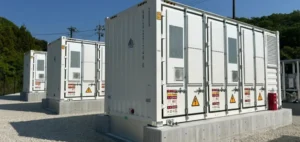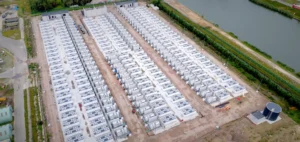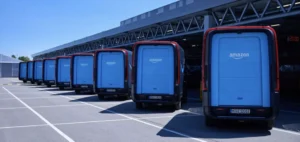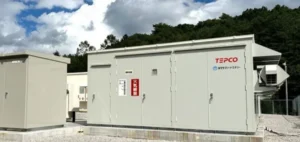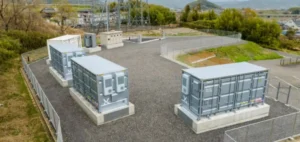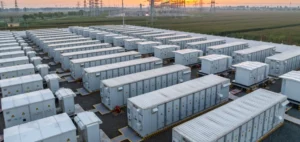Japan Petroleum Exploration Company (JAPEX) announced it has begun construction of its first extra high-voltage battery energy storage system (BESS) at the site of its Hokkaido office in Tomakomai. With a capacity of 20MW/106MWh, the facility, named JAPEX Tomakomai Power Storage Station, is expected to enter service in autumn 2027, according to a statement released on October 6.
A project supported by public funding
The facility received a subsidy of JPY1.86bn ($12.48mn) under the fiscal year 2024 programme of the Ministry of Economy, Trade and Industry (METI) for grid-scale storage projects. The scheme covers up to 50% of eligible capital expenditures for projects of 10MW or more. JAPEX plans to operate the asset on the wholesale, balancing, and capacity markets.
Engineering, procurement and construction (EPC) will be carried out by Kyocera Communication Systems. PowerX will supply 39 Mega Power 2700A containerised units for the storage solution, marking a new industrial collaboration between the two companies.
JAPEX expands its storage capabilities
This project follows JAPEX’s first grid-scale storage unit, the Mihama Power Storage Station (2MW/6MWh), located at its research centre in Chiba. That earlier project, built with support from JFE Engineering, received a JPY416mn ($2.79mn) grant from the Tokyo Metropolitan Government.
Alongside its core oil and gas exploration and production business, JAPEX has recently expanded its portfolio with several renewable power assets. The company has invested in biomass power plants, including sites in Tahara (50MW) in Aichi and Chofu (75MW) in Yamaguchi, as well as solar facilities, including a 390kW plant in Niigata used for self-wheeling.
A strategic position in power markets
With this new project, JAPEX strengthens its position in the emerging large-scale electricity storage sector in Japan. By integrating high-voltage storage technologies, the company seeks to optimise its participation in the capacity and balancing mechanisms shaping Japan’s electricity markets.
JAPEX’s development strategy reflects a partial shift towards multifunctional energy infrastructure capable of adapting to fluctuating intermittent production. The Tomakomai project illustrates this approach, combining advanced technical solutions with a financial structure partly supported by public funding.


